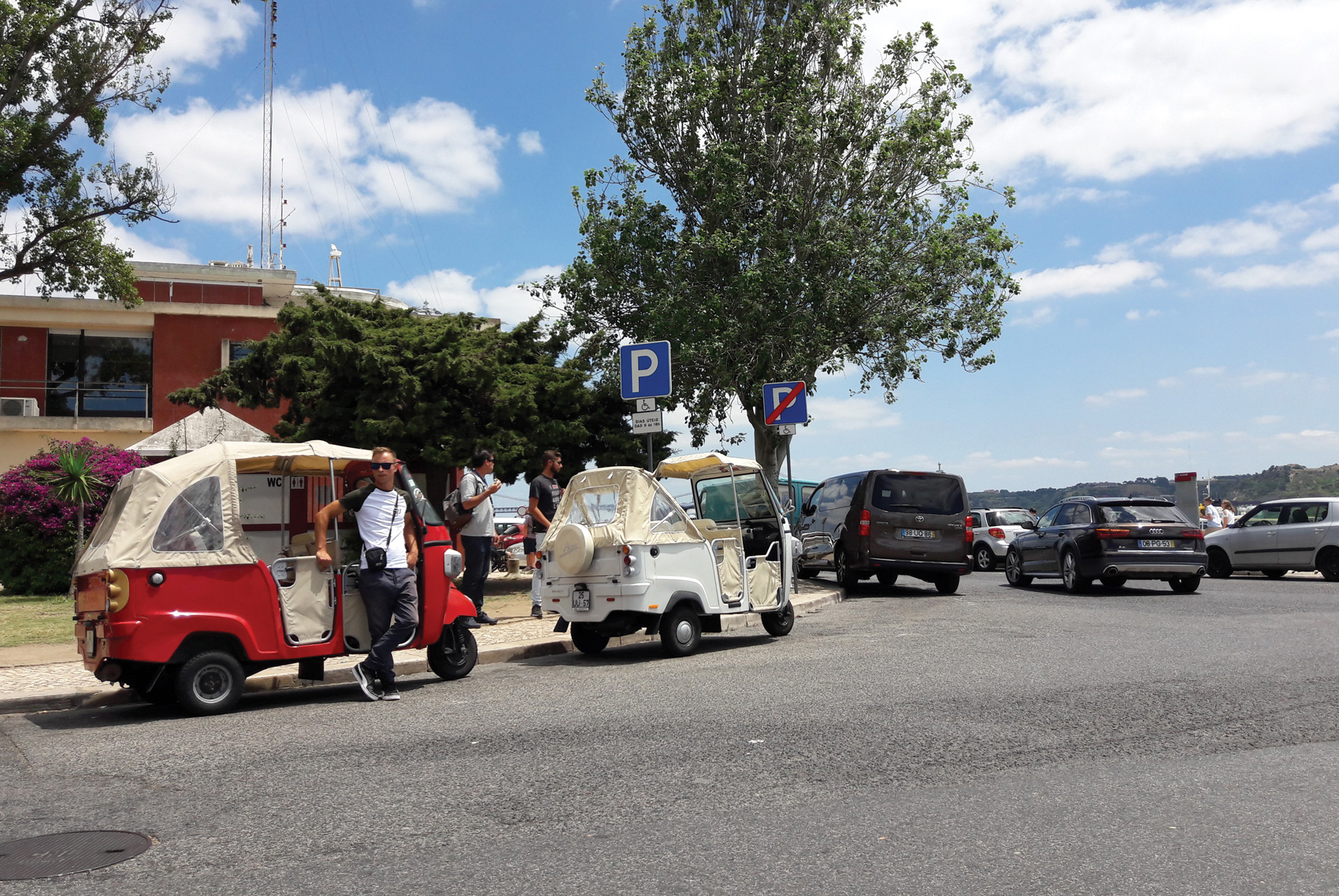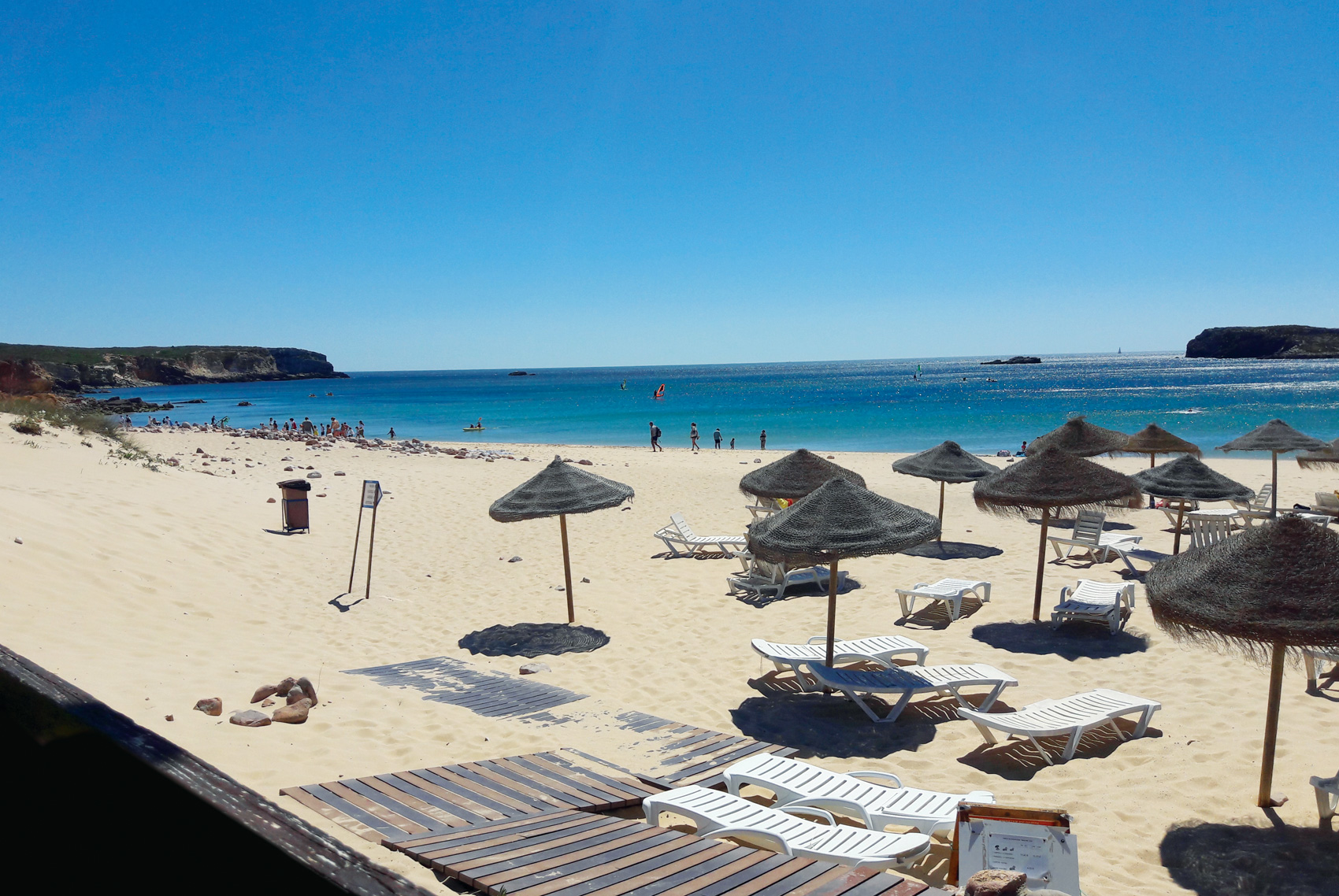From patisseries and historical monuments in Lisbon to accessible beaches in the Algarve, Portugal is a great accessible holiday destination
My recent globe-trotting has taken me to Portugal, as some members of my family have a holiday home in the Algarve. One can fly from most European hubs directly to the local airport in the Algarve at Faro, but I decided that I needed to visit Lisbon to check out the accessibility and the various transport links from the capital.
Lisbon is called the city of seven hills and is situated on the mouth of the Tagus River. As one of the major economic centres of Europe, it has all the cosmopolitan and historical features common with these cities. The city is actually older than Portugal – one of the oldest nations – which was formed in 1147.

Due to the layout, getting around the city for a wheelchair user would mean using a vehicle. There are flatter areas, but motorised transport is the way to go. The taxi drivers are really friendly and happy to assist. We arranged for my sister to travel up to the city for two days and we spent many hours on the internet looking for accommodation that offered a wheelchair-accessible room with two beds and a roll-in shower.
We even called the hotel to confirm that we would get the roll-in shower. However, on arrival, we found that the bathroom only had a bath with a hand shower unit and a small bench seat that fitted across the bath. I was very disappointed, as I have a shoulder injury and was not looking forward to extra transfers! The reception staff were not too sure what a roll-in shower meant – lost in translation, obviously.
The fridge was in the cupboard, which meant that the safe (positioned above that) was too high for me to access. The wheelchair access to the restaurant was via a set of ramps that were so steep that even my sister battled walking up. Thank heavens I had borrowed a Smart Drive, which really assists on the smoother surfaces. There was off-street parking within the hotel building, but no designated accessible parking bay.

We decided to book a private city sight-seeing tour with a company that specialises in day tours for persons with disabilities and the elderly with a wheelchair-accessible vehicle (WAV). The guide, Ilidio Silver, met us at our hotel with a Mercedes Benz WAV, which had an access lift at the rear of the vehicle.
He is a tourism graduate who is doing his work experience with Adapted & Senior Tours and spoke very good English, as he had been studying in Denmark, where English is widely spoken. His local knowledge is exceptional. Our first stop was at a museum featuring historic coaches, where we spent nearly an hour marvelling at the craftsmanship of the coachbuilders.
From there we visited the Basilica and Jerónimos Monastery, where a small, world-famous patisserie makes Pastéis de Belém (a custard tart with a patented recipe that is held by the family). Booking a tour with a company ensures that you get to jump the queues, which does help when the outside temperatures are in the upper 30s.

Our next stop was at the area alongside the Belém Tower, which we were able to view from the outside as the Tower is not accessible (too many stairs). We strolled through the area, visiting some of the small markets and of course I had to notice that the Tuc Tucs are a bit like our minibus taxis here. They stop anywhere and park within the allocated accessible parking bays with no conscience.
The Smart Drive assisted with the inclines, but battled on the Calçada paving of the sidewalks. Lunch was at a wonderful fish restaurant on the Tagus river overlooking the Ponte 25 de Abril bridge, which closely resembles the Golden Gate bridge in San Francisco. The same consortium of companies built the bridge, which explains the similarities.
Thereafter we stopped at the northern bank of the Tagus river to visit the Padrão dos Descobrimentos (Monument to Discoveries) which was built in honour of Henry the Navigator, who was a driving force behind overseas exploration, financing many expeditions. The Monument has amazing carvings.

In front of the monument is the Rosa-dos-Ventos (Wind Rose) – a 50-m tiled area that contains a planisphere world map. It was donated to Lisbon by South Africa. Our last couple of stops included tackling the extremely narrow and winding roads of the Alfarma district to reach a viewpoint at the top, which offers a panoramic view of the city. The tour was good value for money as it offered an informative overview of the city that included historical, geographical and cultural aspects.
Leaving Lisbon, we drove the 2,5 hours down to the western Algarve and my sister’s home where, for the next three weeks, I was able to relax and enjoy the summer, the weather and the pool. We also spent a few days looking for and visiting the various accessible beaches. Although many of these are situated within the town areas, there are others that are a bit further out, which were not as full during the summer season.
The accessible beaches have accessible parking bays, walkways that extend into the sand (some even have carpeting which can take you even closer to the sea), accessible toilets (not always unlocked) and some have beach wheelchairs. The restaurants and cafés at these beaches are not all accessible, so you have to look and ask around for accessible toilets and step-free entrances.
The viewpoints have walkways, but some have stairs within the pathway. It is advisable to go with someone who can get out of the car to check the accessibility before you decide to go along a route.

The area of the Algarve is also a mix of small old towns and villages with inaccessible narrow streets and buildings surrounded by the newer more open, accessible areas. I advise you to park in the newer areas and walk through the older areas as it’s quite scary to try and get a car through the single-lane street with walls on each side!
English is quite commonly spoken, as there are lots of ex-pats within this area. Both the GP and hairdresser in Praia Da Luz are former South Africans, so it does feel like home. The scenery and birds are constant reminders of South Africa. The transport within the country offers local flights, trains and buses that are accessible.
However, the accessible trains from the Algarve to Lisbon only travel twice a day (early morning and late afternoon), which is good for business people, but not for those who are hoping to connect with any international flights from Lisbon Airport. The platform is also paved with the Calçada-type paving, which can get quite bumpy if your chair has small castors.
I always travel alone. The conditions at the train station made it impossible for me to move easily from the train to the taxi with my chair and wheeled suitcase. Once I’d seen the station, I decided to just fly from Faro to Lisbon, which would mean fewer transfers and better timing for connections.

So, is the Algarve an accessible holiday destination? Yes! There is accessible accommodation, transport, car hire, beaches and facilities. You just have to research and try them out. A good GPS and Google Maps certainly assist when you’re travelling about or even looking for a good restaurant or place of interest.
The people are friendly and willing to assist. For more information or to start planning your trip, visit
www.accessibleportugal.com. For train tickets, visit www.cp.pt. To book a tour with Adapted & Senior Tours, visit www.adaptedseniortoursportugal.com and to make use of an accessible villa with vehicle, Luz do Sol, visit www.algarve.vacations.com.
Obrigado Portugal!


